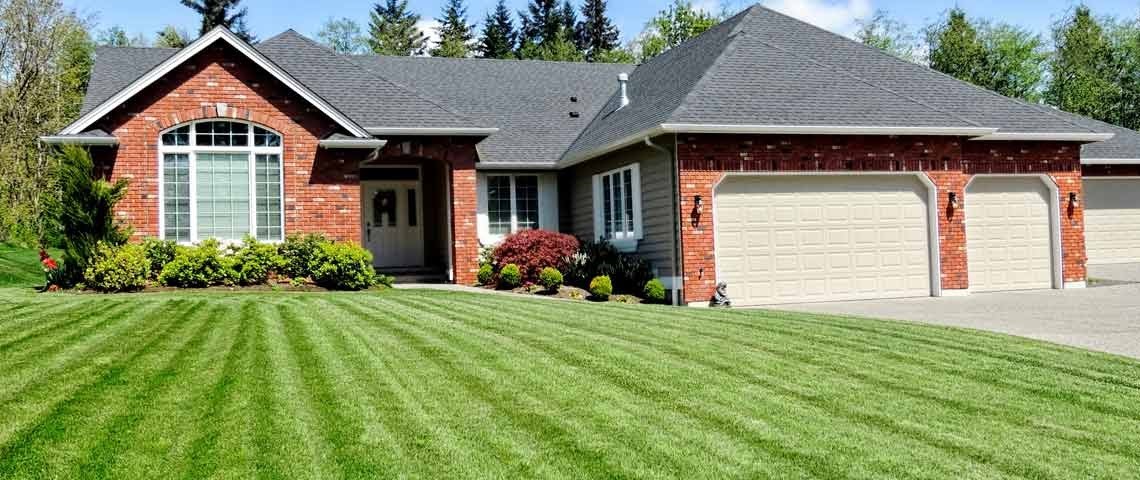In a perfect world, our lawns would be green and weed-free all year long. Here at Lawn Doctor of Murfreesboro, we put our best foot forward to create that perfect world. While all six of our Maintainer Care services contain a post-emergent to help with the pre-existing weeds, the first three services will also contain a pre-emergent to fight off germination of weed seeds. Crabgrass and other grassy weeds germinate more in the spring and early summer when our services for the year are just getting started.

Here are the three main things to remember:
- Kill it before it comes up with a pre-emergent herbicide.
- Kill it after it comes up with a post-emergent herbicide.
- Keep it from coming back by growing a healthy lawn.
What is a pre-emergent herbicide and how does it work?
Pre-emergent herbicide is a granular chemical that fights weed seeds before they get a chance to germinate. This treatment is the earliest form of weed prevention. The main target of pre-emergent is crabgrass but it is also very effective on other grassy weeds. Upon application, the pre-emergent herbicide begins to create a barrier on your lawn that kills off crabgrass and other grassy weeds before they are able to germinate.
The ‘need to knows’:
- Timing is essential for using pre-emergent herbicide during late winter(January for this area) and early spring to control and prevent crabgrass and other grassy weeds.
- Do not dethatch or aerate the lawn after the pre-emergent has been applied. This could cause the chemical barrier to be broken.
- Do not seed for about two to four months after pre-emergent is applied as it could stunt the growth of the seeds.

What is a post-emergent and how does it work?
A post-emergent is used to control unwanted weeds after they have begun to germinate. This treatment is applied to visible grassy and broadleaf weeds and works by attacking the foliage and flowing through the root system. Some discoloration around the weeds is common after applications, but with proper watering, the color will bounce back.
Additional things YOU can do to prevent weeds:
- Mow consistently at 3-4 inches. The shade of tall, dense turf will prevent essential light from reaching most weeds and will aid in the destruction of new baby weed seedlings.
- Never cut off more than ⅓ of the grass blade. Grass maintained at the proper height is healthier thus thickening the turf.
- Water deeply, not daily. Deep and infrequent watering maintains a healthy root system and reduces weed infestation (as opposed to light and frequent irrigation, which promotes shallow roots and germination of weed seeds)
